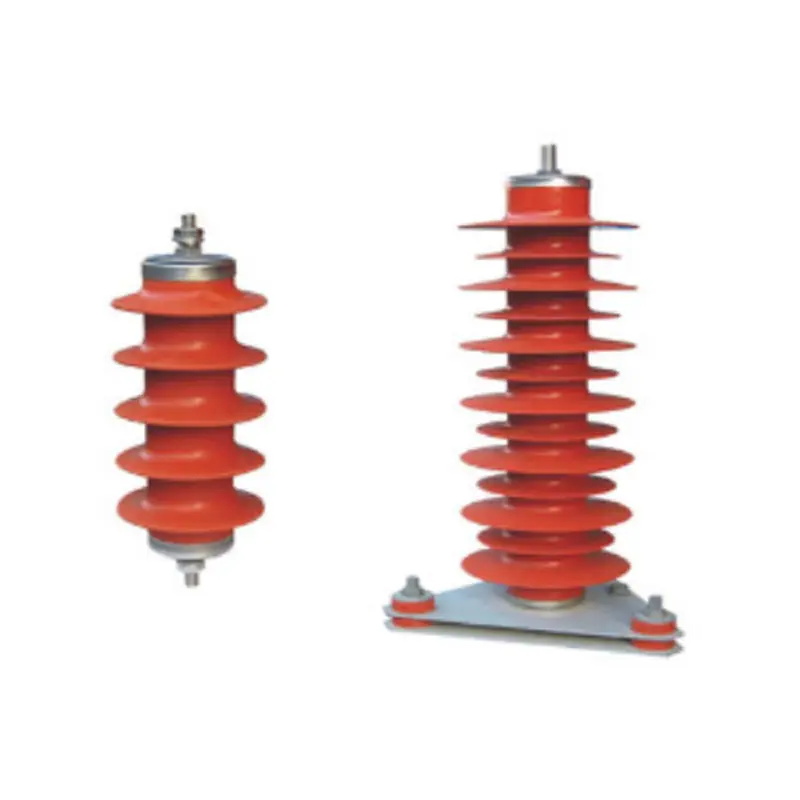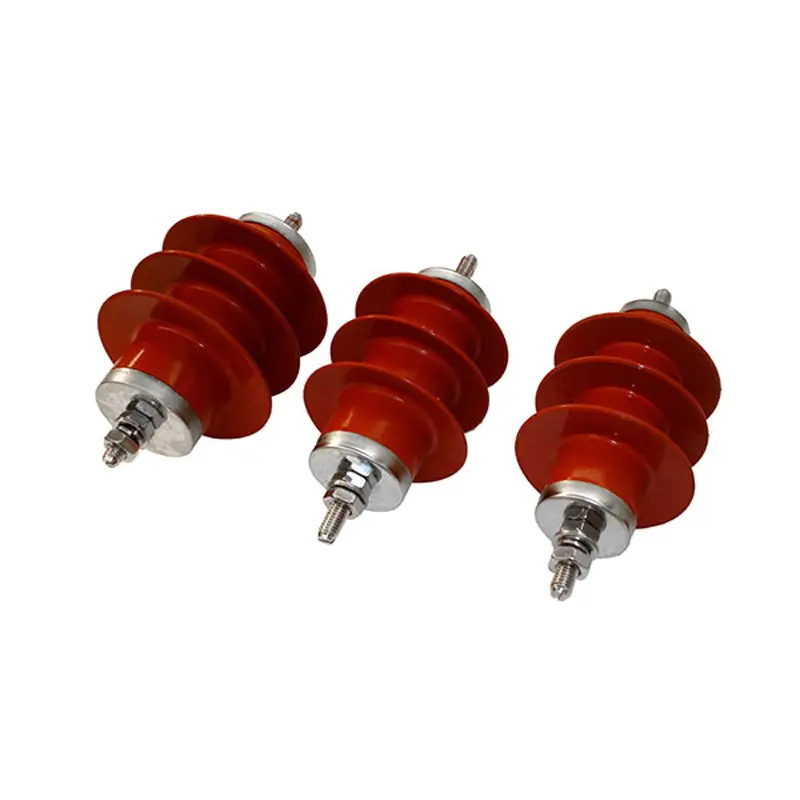If you live in an area prone to lightning strikes or work with electrical equipment, you need to understand the importance of lightning arrestors. Although not often thought of, these devices play a vital role in protecting people and equipment from lightning strikes and overvoltages. Therefore, it is imperative to know how to use them safely and effectively.
A lightning arrester, also known as a surge arrester or lightning arrester, is a device designed to protect electrical equipment from high voltage surges, especially those caused by lightning strikes. The main function of the device is to guide the lightning wave or internal overvoltage to the ground, prevent equipment damage and ensure personnel safety.
When using lightning arrestors, safety precautions must be taken to prevent personal injury or equipment damage. First, it's important to make sure you follow the manufacturer's instructions during installation and maintenance. This includes properly grounding the unit and regularly inspecting the arrester for signs of damage or wear.
It is also important to use the correct type of arrester for a particular environment. For example, if the equipment is located in a wet or corrosive environment, a surge arrester designed for harsh conditions should be used. Additionally, if the equipment is located in an area prone to direct lightning strikes, specific types of lightning arrestors should be used to protect against these lightning strikes.
One of the most critical factors to consider when using a surge arrester is the type of equipment it is protecting. High voltage equipment such as power lines and transmission towers require sophisticated surge arrester systems to prevent damage or failure. In contrast, smaller devices, such as communication cables or signal lines, may use simpler arrester systems.
Another important consideration is the location of the equipment and the risks associated with lightning strikes. Lightning can strike anywhere, so it's critical to use lightning arrestors at all equipment locations, including buildings, towers, and utility poles. Installing arrester systems in high-risk areas such as airports, oil rigs, and hospitals can prevent catastrophic damage to these facilities.
It is important to note that while arresters are designed to protect against lightning strikes, they do not provide complete protection for electrical equipment. Surge arresters serve as the first line of defense and may require additional protection such as surge suppression devices or protective relays to ensure complete protection.
In conclusion, lightning arresters play a vital role in protecting people and equipment from lightning strikes and overvoltage hazards. In order to use them effectively and safely, it is critical to consider the product environment, equipment and risks associated with lightning strikes. By following the manufacturer's instructions, selecting the correct type of arrestors, and regularly inspecting them for damage or wear, you can keep equipment and personnel safe from lightning strikes and overvoltages. Remember, when it comes to lightning safety, prevention is the best protection.


Post time: May-30-2023
